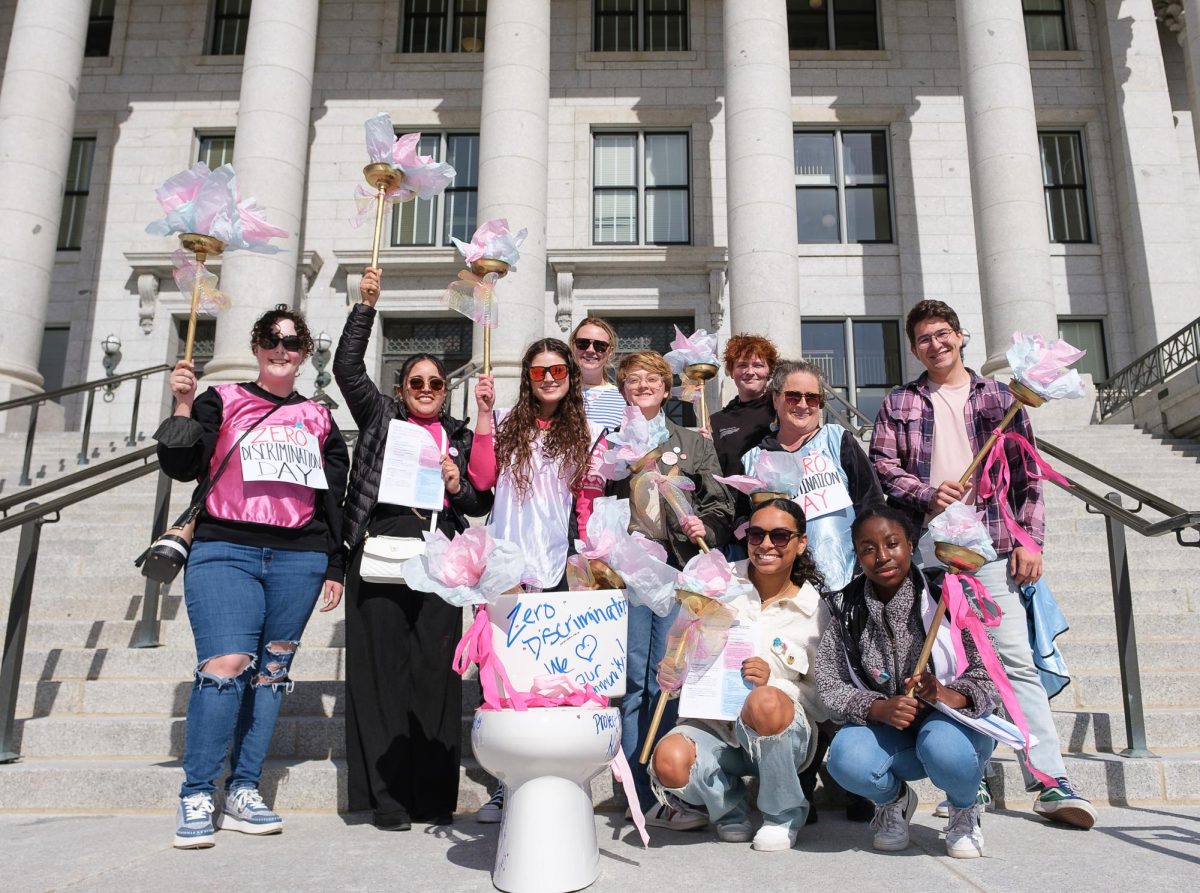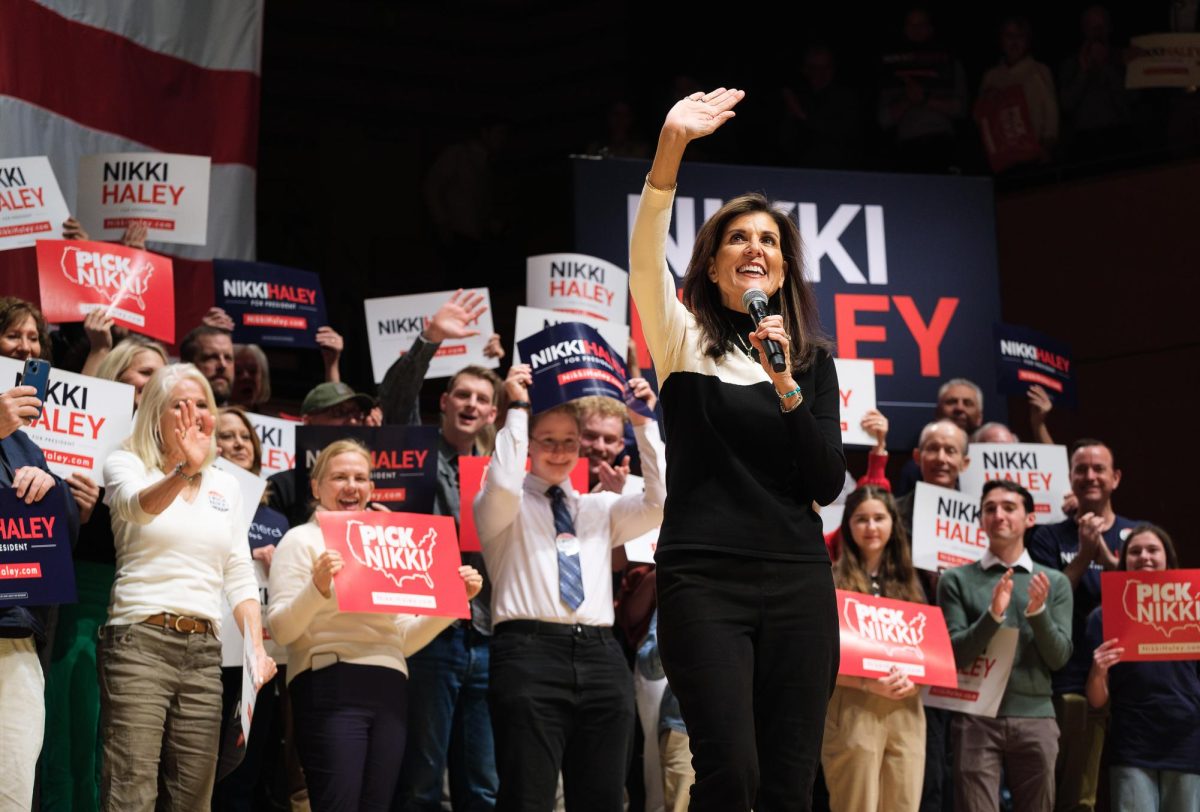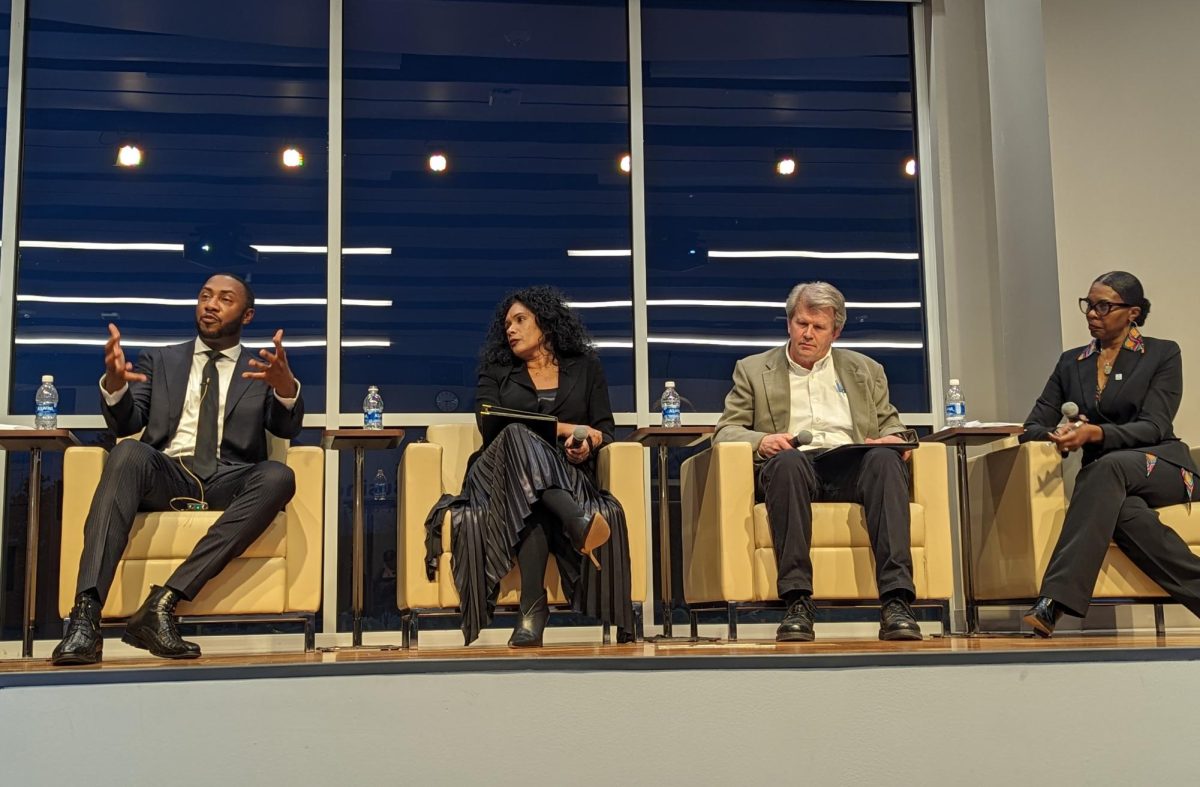State lawmakers passed a bill approving $10 million for a science and technology program that hires “star” faculty at the U and Utah State University to start new businesses and stimulate the economy.
Senate Bill 240, which provides an ongoing fund to the program depending on “future budget constraints,” passed through the Senate Education Committee, and according to Salt Lake City businessmen, could help Utah build a stronger economy despite struggling times.
When the Utah Legislature organized the Utah Science and Technology Research Initiative in 2006, it proposed an annual $25 million for both universities to recruit well-known faculty from across the country. The faculty members would bring grants and research teams with them and continue projects that would lead to new businesses.
“It’s the high-tech sector and it’s good for Utah’s economy to build that sector when other states aren’t,” said Wesley Smith, director of public policy for the Salt Lake Chamber of Commerce. “We’re doubling our research investments.”
However, with the economy and legislative budget cuts forcing programs to be diminished statewide, the Chamber of Commerce organized a Can-Do Coalition to support state investment, and it decided USTAR is a program that could bring Utah out of the slumps.
“This is the area of higher education that has the most drastic impact on our economy,” Smith said. “We’re in a position where we’re able to cut back and maintain basic services of the state. These are difficult times, but we can really do this. We can make lemonade out of the lemons.”
The committee members supported the bill, which is sponsored by Senate Majority Leader Sheldon Killpack of Syracuse, nearly unanimously in the meeting.
Sen. Karen Morgan, D-Salt Lake City, said they consider USTAR to be a driving economic engine that will provide jobs for students graduating from colleges and universities in Utah.
“It’s a situation where we spend money, and the return on the investment is very high,” Morgan said. “And then our young people won’t have to leave the state to find good jobs.”
Michael O’Malley, spokesman for USTAR, said the governing authority needs to meet and decide where to allocate the funds, but $10 million could be used for hiring additional researchers, starting new research teams at either university or continuing with the technology outreach program, a part of USTAR that works with businesses in Utah.
Of the $19.4 million USTAR receives annually, $15 million is allocated to the universities to hire researchers and develop teams, which include research on fossil energy, nanotechnology and digital media. The U receives $9 million for research and is in the process of designing and constructing the first of four buildings to house USTAR faculty.
Some of the new faculty members, who have offices on lower campus or in a temporary USTAR building near Red Butte Garden, have already developed new businesses based on their research.
Brian McPherson, a USTAR faculty member and civil and engineering professor, started a business arrangement with Headwaters, Inc. to sequester tons of carbon dioxide from coal power plants underground in central Utah to remove the harmful gases from the air.
Another USTAR faculty member, Hamid Ghandehari, recently developed a research-based business called TheraTarget, which targets drugs for cancer treatment to avoid killing healthy cells.
“This program has been a great asset for the state,” Ghandehari said. “If we can attract the best minds from the best part of the country, we can produce amazing results.”
















